Abarth 500 595 695 VS Toyota Prius
Abarth 500 595 695
The Abarth 500, particularly in its 595 and 695 renditions, captures the spirit of Italian motoring with its compact yet aggressive design. Known for its lively performance and distinctive styling, this little powerhouse is a joy to drive, offering an engaging experience that appeals to enthusiasts. With its rich motorsport heritage, the Abarth 500 embodies the essence of fun and excitement on both the streets and the race track.
more informationToyota Prius
The Toyota Prius stands as a pioneer in the realm of hybrid vehicles, offering an eco-friendly driving alternative with its innovative technology. Its aerodynamic design and comfortable interior make it a practical choice for those looking to reduce their carbon footprint without sacrificing style. Additionally, the Prius boasts a reputation for reliability and efficiency, contributing to its lasting popularity among environmentally conscious drivers.
more information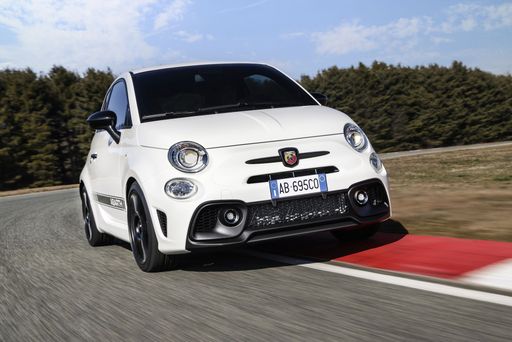 @ media.stellantis.com
@ media.stellantis.com
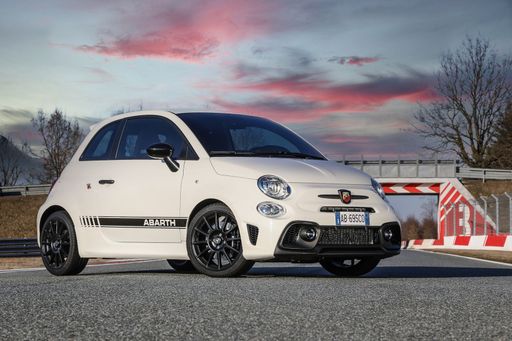 @ media.stellantis.com
@ media.stellantis.com
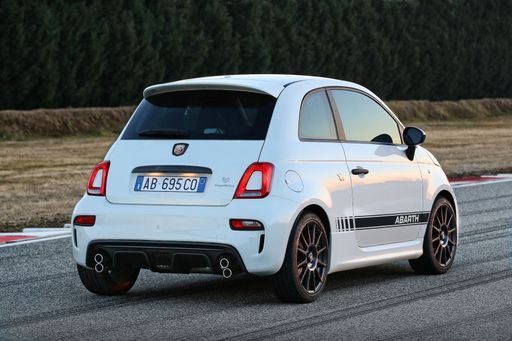 @ media.stellantis.com
@ media.stellantis.com
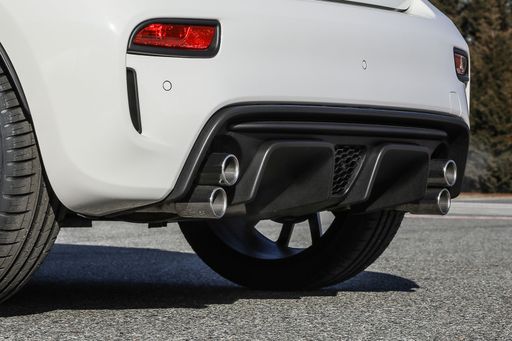 @ media.stellantis.com
@ media.stellantis.com
 @ media.stellantis.com
@ media.stellantis.com
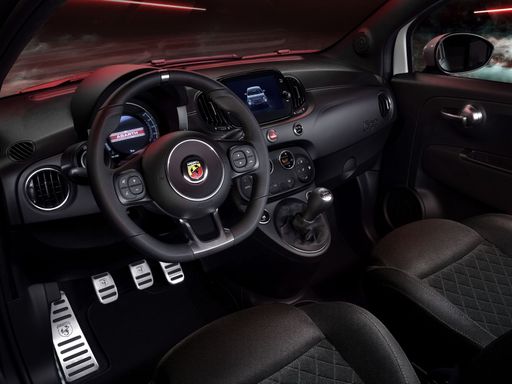 @ media.stellantis.com
@ media.stellantis.com
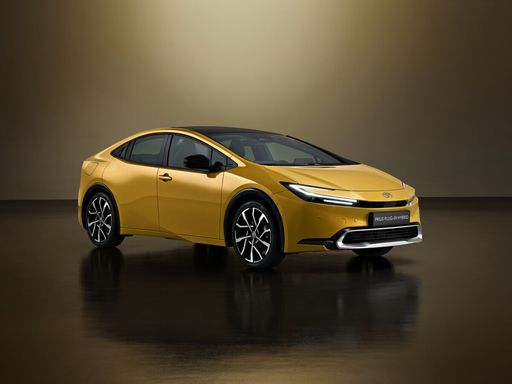 @ Toyota
@ Toyota
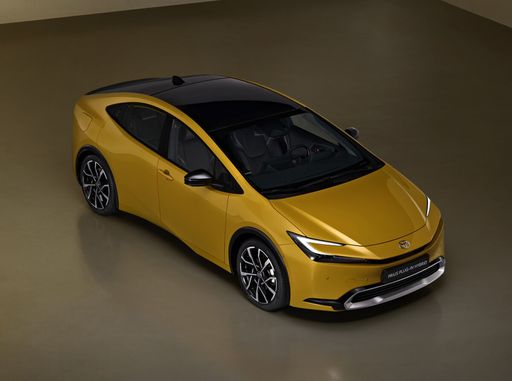 @ Toyota
@ Toyota
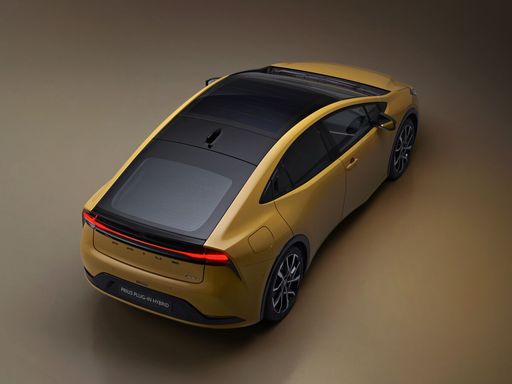 @ Toyota
@ Toyota
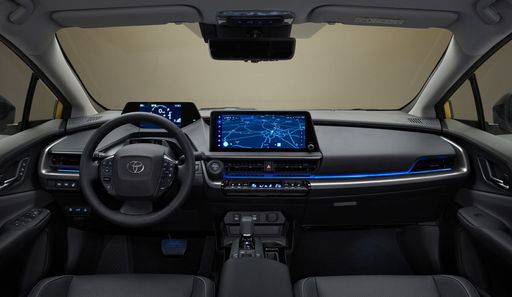 @ Toyota
@ Toyota
Costs and Consumption |
|
|---|---|
|
Price
about 32600 - 39400
£
|
Price
about 39400 - 45800
£
|
|
Consumption L/100km
-
|
Consumption L/100km
0.5 - 0.7
L
|
|
Consumption kWh/100km
17.2 - 18.9
kWh
|
Consumption kWh/100km
-
|
|
Electric Range
242 - 265
km
|
Electric Range
72 - 86
km
|
|
Battery Capacity
37.8
kWh
|
Battery Capacity
-
|
|
co2
0
g/km
|
co2
12 - 17
g/km
|
|
Fuel tank capacity
-
|
Fuel tank capacity
40
L
|
Dimensions and Body |
|
|
Body Type
Hatchback
|
Body Type
Hatchback
|
|
Seats
4
|
Seats
5
|
|
Doors
3
|
Doors
5
|
|
Curb weight
1410 - 1435
kg
|
Curb weight
1620 - 1630
kg
|
|
Trunk capacity
185
L
|
Trunk capacity
284
L
|
|
Length
3673
mm
|
Length
4599
mm
|
|
Width
1682
mm
|
Width
1782
mm
|
|
Height
1518
mm
|
Height
1470
mm
|
|
Payload
370 - 385
kg
|
Payload
365 - 375
kg
|
Engine and Performance |
|
|
Engine Type
Electric
|
Engine Type
Plugin Hybrid
|
|
Transmission
Automatic
|
Transmission
Automatic
|
|
Transmission Detail
Reduction Gearbox
|
Transmission Detail
CVT
|
|
Drive Type
Front-Wheel Drive
|
Drive Type
Front-Wheel Drive
|
|
Power HP
155
HP
|
Power HP
223
HP
|
|
Acceleration 0-100km/h
7
s
|
Acceleration 0-100km/h
6.8
s
|
|
Max Speed
155
km/h
|
Max Speed
177
km/h
|
|
Torque
235
Nm
|
Torque
-
|
|
Number of Cylinders
-
|
Number of Cylinders
4
|
|
Power kW
114
kW
|
Power kW
164
kW
|
|
Engine capacity
-
|
Engine capacity
1998
cm3
|
|
Top speed
155
km/h
|
Top speed
177
km/h
|
General |
|
|
Model Year
2023
|
Model Year
2023
|
|
CO2 Efficiency Class
A
|
CO2 Efficiency Class
B
|
|
Brand
Abarth
|
Brand
Toyota
|
Abarth 500 595 695
The Abarth 500 has long been regarded as a significant name within the compact performance car segment, blending iconic Italian styling with impressive performance. The latest iterations, namely the Abarth 500 595 and 695, along with the 500e electric model, continue this tradition. Enthusiasts and everyday drivers alike are drawn to their sporty ethos and cutting-edge technologies.
Abarth 500: A Fusion of Style and Performance
The Abarth 500 boasts a distinctive design that is instantly recognisable. Its compact dimensions, measuring 3673 mm in length and 1682 mm in width, ensure it retains that quintessential city car appeal while still providing an eye-catching presence on the road. The aggressive stance and sporty enhancements reflect Abarth's racing heritage, making it a desired choice for performance aficionados.
Powertrain Innovations
At the heart of the Abarth 500 lineup lies an efficient electric powertrain that produces a substantial 155 PS (or 114 kW). This power is delivered through an automated transmission, ensuring seamless gear changes and an engaging driving experience. The inclusion of a reduction gearbox allows for rapid acceleration, achieving 0-100 km/h in just 7 seconds, making it competitive in its class.
Exceptional Efficiency and Range
One of the standout features of the Abarth 500e variants is their impressive energy efficiency. Depending on the model, the energy consumption ranges between 17.2 and 18.9 kWh/100 km, showcasing Abarth's commitment to sustainability without compromising performance. With an estimated range between 242 and 265 km on a single charge, the Abarth 500e models are well-equipped for both urban commutes and longer journeys.
Technical Specifications at a Glance
The Abarth 500 595 and 695 models feature a robust torque output of 235 Nm, offering responsive acceleration and confident overtaking capabilities. The maximum speed is electronically limited to 155 km/h, providing a thrilling driving experience while maintaining safety standards. Additionally, the vehicle's lightweight construction, with a total weight between 1410 kg and 1435 kg, further enhances agility and handling.
Thoughtful Interior and Practicality
Inside, the Abarth 500 is crafted for both comfort and functionality. Accommodating up to four occupants, the interior remains practical despite its sporty intentions. A boot capacity of 185 litres ensures that the vehicle is not just about speed but also everyday usability. Innovative technology features include a user-friendly infotainment system that integrates seamlessly with smartphones, enhancing the driving experience further.
Conclusion: The Future of Abarth
With the Abarth 500 595, 695, and the innovative electric 500e models, Abarth continues to strive for a perfect balance between performance and efficiency. These vehicles not only reflect the brand's rich heritage but also pave the way towards a more sustainable future in automotive engineering. Each drive in an Abarth 500 promises to be a spirited affair, delivering excitement and innovation mile after mile.
Toyota Prius
The All-New Toyota Prius: Revolutionising Efficiency and Performance
The Toyota Prius, a name synonymous with hybrid innovation, has once again shown why it remains at the forefront of eco-friendly automotive technology. The latest models have enhanced technical features and innovations, setting new standards for efficiency and driving experience.
Hybrid Performance: A Leap Forward
The latest Prius models employ a sophisticated 2.0 litre Plug-in Hybrid system that flawlessly melds petrol and electric power. With a power output of 223 PS, it propels the Prius with impressive dynamism, reaching 0-100 km/h in just 6.8 seconds. This performance-oriented aspect of the Prius does not compromise on efficiency, with an astonishing fuel consumption ranging from 0.5 to 0.7 L/100km.
Electric Range and Efficiency
One of the key highlights of the new Prius is its substantial electric-only range. Depending on the variant, it can travel between 72 to 86 km on electric power alone, making it an ideal choice for urban commutes where zero emissions are preferred. The hybrid system's CO2 emissions are remarkably low, between 12 and 17 g/km, contributing to its CO2 Efficiency Class B rating.
Engineering Excellence with CVT
The Prius is equipped with a state-of-the-art Continuously Variable Transmission (CVT), ensuring a smooth and efficient drive. This advanced transmission supports the front-wheel-drive layout, delivering power seamlessly and enhancing driving pleasure without sacrificing fuel economy.
Stylish Design and Comfort
Designed as a sleek five-door hatchback, the Prius offers a comfortable and spacious interior with seating for five passengers. It measures 4599 mm in length, 1782 mm in width, and 1470 mm in height, offering a practical balance of size and comfort. The boot space, while tailored for the hybrid battery, still provides a decent 284 litres of storage.
Cost Efficiency
The running costs of the Prius are competitive, with monthly expenses estimated between €1064 and €1188, and cost per kilometre ranging from 42.6 to 47.5 cents. Its efficient design results in a maximum speed of 177 km/h and a practical fuel tank size of 40 litres, ensuring less frequent stops on longer journeys.
Conclusion: The Prius Legacy Continues
The Toyota Prius continues to lead by example in the realm of hybrid technology. Combining impressive power with unmatched efficiency and a sophisticated driving experience, it is clear that the Prius remains a compelling choice for the environmentally conscious driver. Its innovative features and favourable cost metrics only bolster its appeal in the modern automotive landscape.
